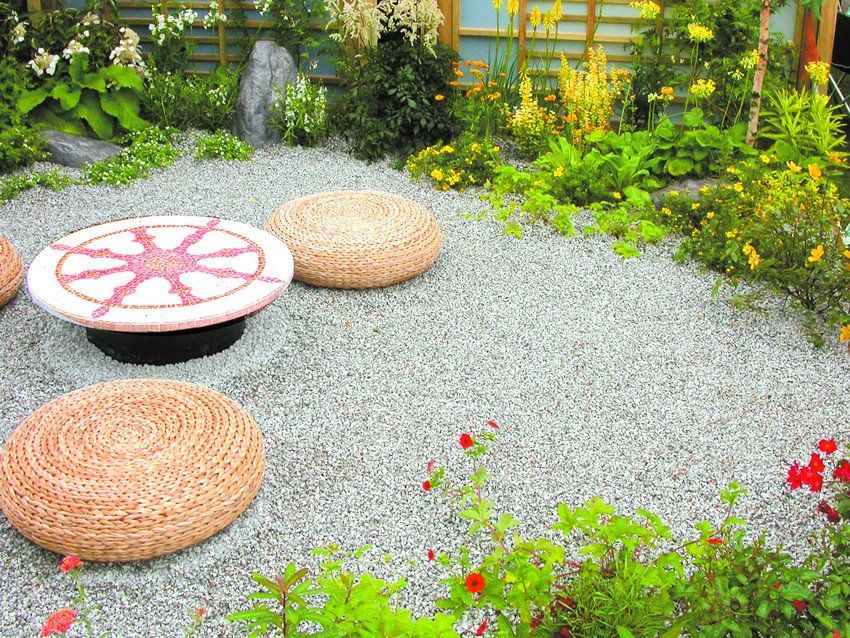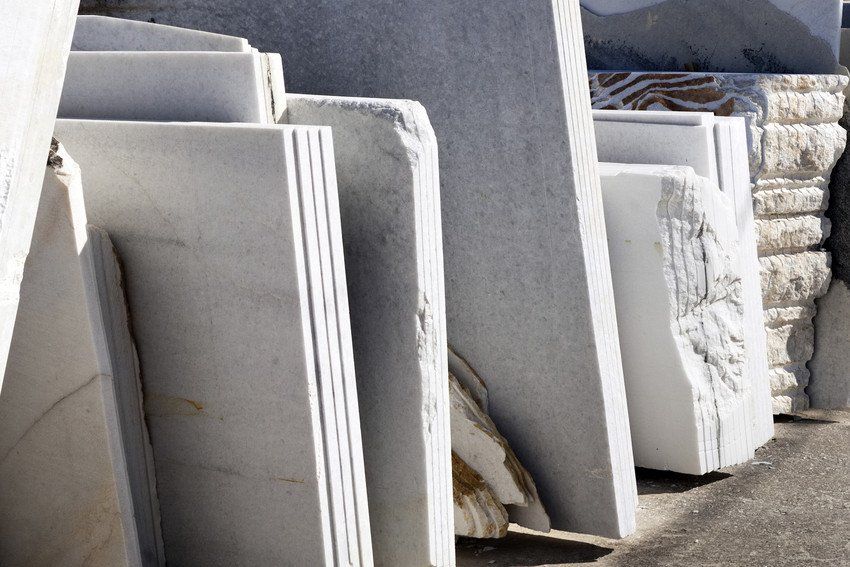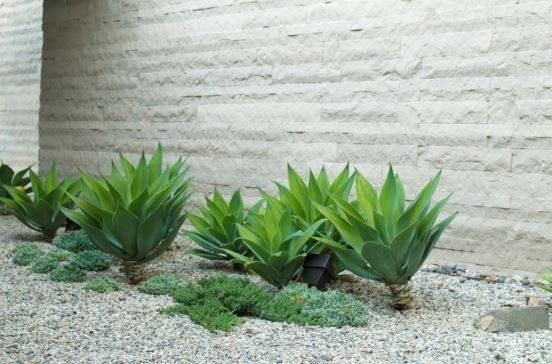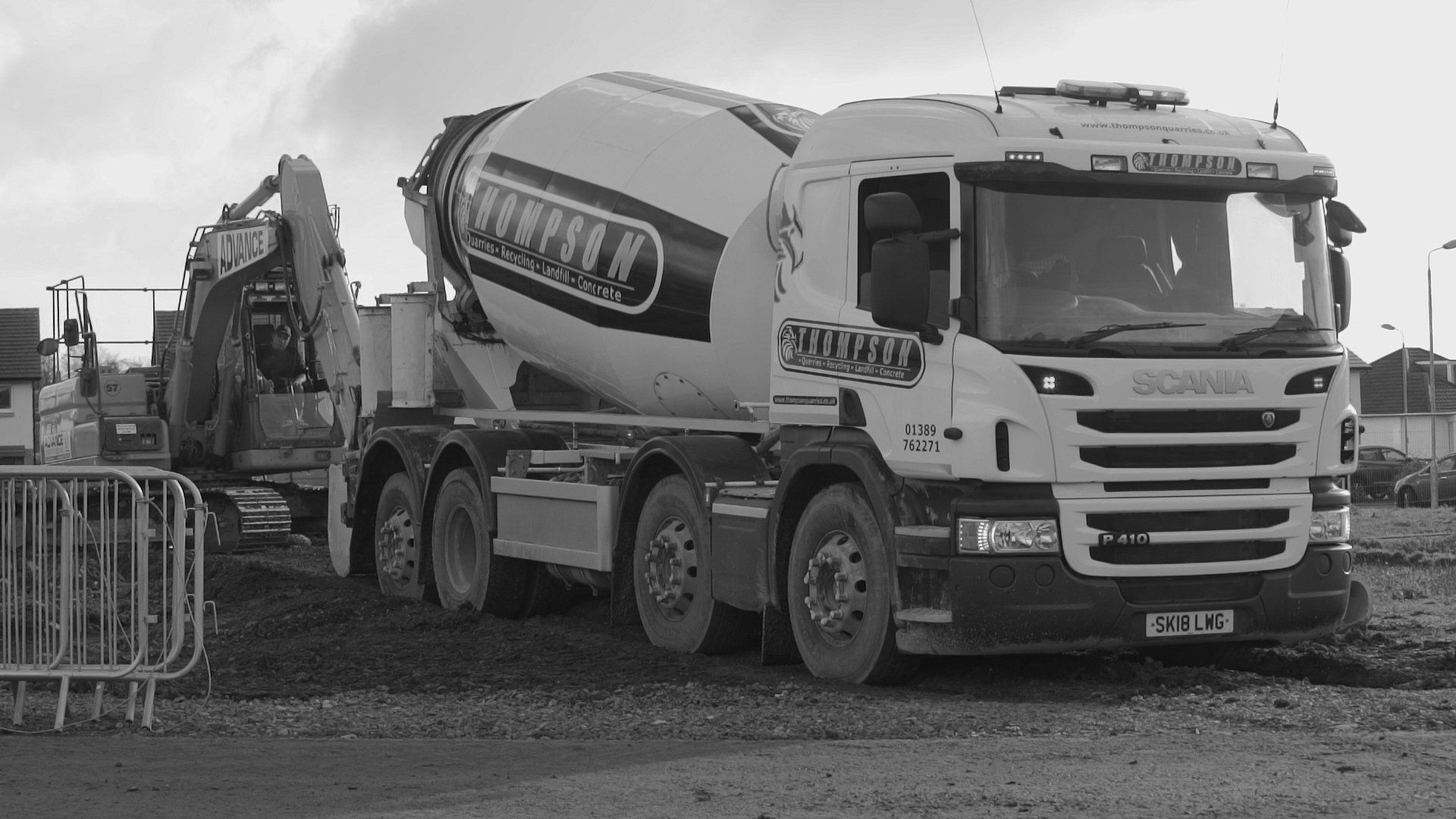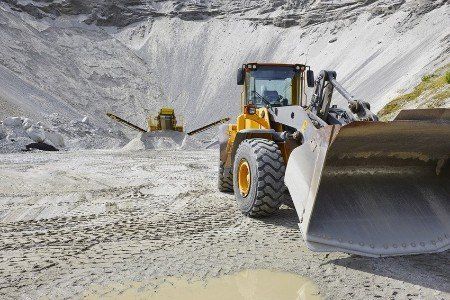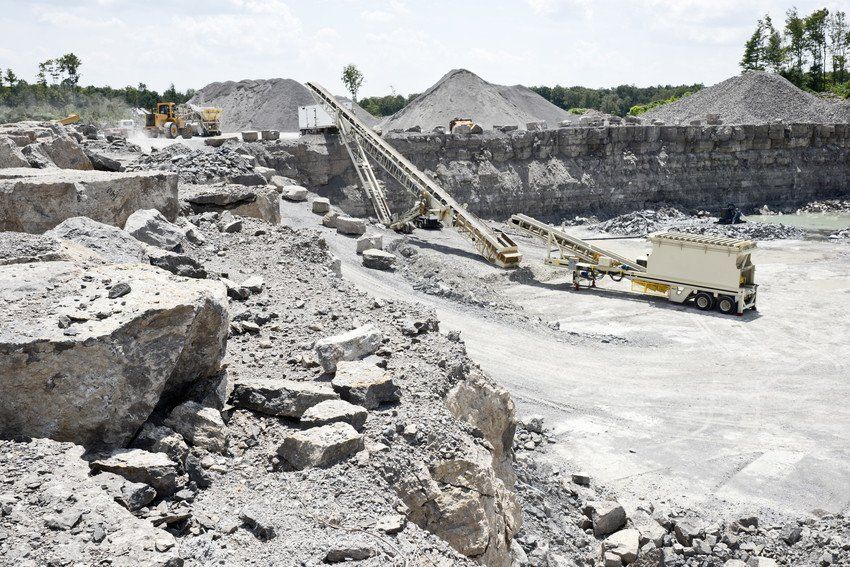The Various Types of Quality Stone Products and Their Uses
- By William Thompson & Son
- •
- 08 Feb, 2019
- •

There are various types of stones used in the construction of structures such as bridges, dams and buildings of all sizes. These building stones are a product by different types of rocks, and they can be used for construction in many forms depending on what is being built. Building stones can be used in a crushed or rubble form, or in the form of machinery blocks. Many are also often used as an aggregate for concrete.
Below are some of the most common quality building stone products, with a closer look at their specific qualities and uses:
Granite rocks are igneous rocks and are often used for construction due to their low porosity and strength. Granite is usually a lovely blend of light grey and pink in colour. Granite is made of a fine to coarse grain, with a crystalline structure. They polish really well, especially the fine-grained type, and are extremely durable as a material.
Granite rocks are primarily used in the construction of structures such as bridges, dams, piers and river walls. Granite is also a popular choice of material for building curbs and pedestals, as well as government and monumental buildings.
You can also spot granite being used within
home interiors. For example, polished granite looks great as a kitchen worktop
surface, tabletops and cladding for walls. Granites are also used as coarse aggregates
in concrete.
Sandstone rocks are stratified, as they are sedimentary rocks. They’re made up of quartz and feldspar. You can find sandstone rocks in a wide range of colours, from red or yellow to white or grey. In terms of their porosity, it can vary from 5% to 25%.
Sandstone should not be used as building stone
as it can weather easily. To use it in the construction of heavy structures, it
can be mixed in with cement. Sandstone is also often used in the masonry
industry to build dams and river walls.
Slate rocks are metamorphic in nature and are made up of clay, mica and quartz minerals. The structure of a slate rock is very finely grained., and colour-wise they can range from grey to black with hints of purple and green.
Slate rocks are hard and durable. They are often used in the construction of pavements and roofing tiles as they can easily be broken into thin and smooth slabs.
These metamorphic rocks are structurally fine to coarse in their grain. You can find quartzite in a range of colours including white and grey. It is often used as a building block, and also as an aggregate for concrete. Property-wise, quartzite rocks are quite similar to sandstones.
Trap rocks are igneous rocks such as basalt and are usually greyish black in colour. Their dull colour makes them an unpopular choice as building stones, however, you can find a rarer red and yellow variety. Structure-wise, they are quite compact in size, with a fine to medium grain. Trap rocks are often used as aggregates for concrete and for rubble masonry for dams and river walls. You’ll also find them used as pavements and road metals, thanks to their high crushing strength.
A metamorphic rock, laterite is very porous in nature and contains a large amount of iron oxide. The colour is reddish brown with hints of yellow and grey. You can usually find laterite in a quarry in blocks. To use it as a building stone, construction workers plaster its outer surface.
Another metamorphic rock, polished marble is
highly valued for home interiors and furnishings. You can get it in a range of
colours, with white or pink marble being a popular option. You’ll often see
marble being used for flooring or staircases. And of course, it’s commonly used
to construct columns. Marble is considered quite an ornamental rock and can be
quite expensive to build with. It is most suitable for the construction of
monuments, statue bases, and decorative fronts.
Limestones are not just used as building stones, but they’re also a popular choice for lime and cement aggregate. As they’re quite easy to work with and come in a range of pleasing colours, limestone and marble are often used for ornamental design and builds. Limestone is also suitable for the build of flooring, roofing tiles, and paving slabs.
Find out more about our well-established quarry in Glasgow
From our humble beginnings as a small, family-run quarrying business in 1946, William Thompson & Son has now grown to become one of the biggest names in Glasgow’s industrial sector.
We’re now able to provide quarry products, landfill services, plant hire and haulage whilst still maintaining our friendly, customer-focused approach that we have become known for.
Get in touch with us to find out more about our services.


